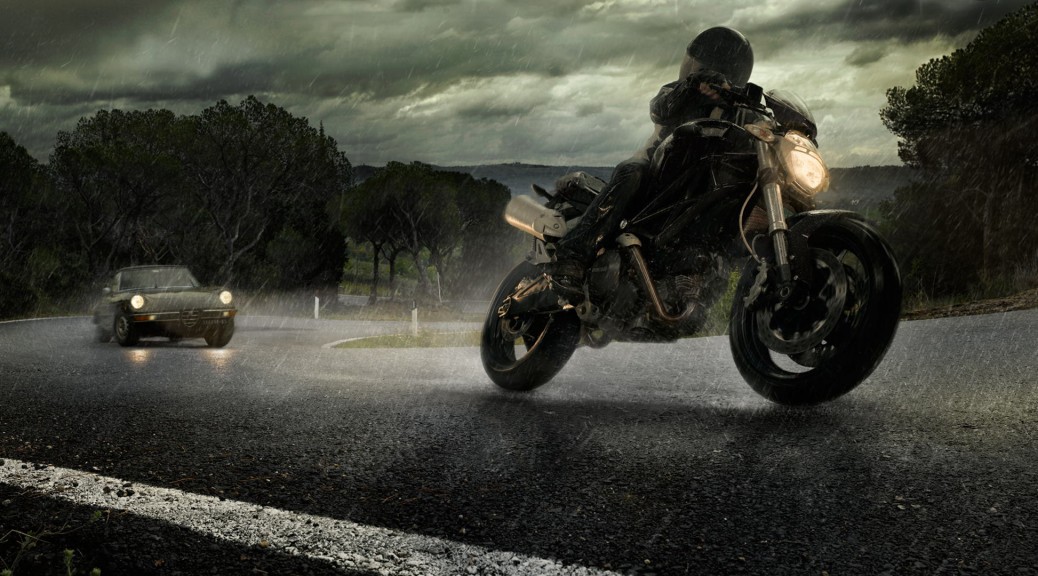Weather can dramatically impact the riding experience for motorcyclists, presenting unique challenges that require effective preparation and quick reactions. According to Andrew Kryder, Esq., a seasoned Chicago motorcycle accident attorney, “Adverse weather not only tests a rider’s skill but also amplifies the importance of wearing the appropriate gear and understanding how to react to sudden changes.” This insight underscores the necessity for riders to be well-prepared and educated on handling different weather conditions to ensure their safety on the road.
Preparing for Weather Changes
When planning a ride, prepare for any potential changes. Here are some tips:
Check the Forecast
Always check the weather forecast before heading out. This can help you prepare for potential conditions or decide to postpone your ride if severe weather is expected.
Wear the Right Gear
Invest in weather-appropriate riding gear. For cold temperatures, layered clothing that can be easily adjusted is recommended. During rainy conditions, waterproof or water-resistant gear is essential to stay dry and maintain a comfortable body temperature.
Maintain Your Motorcycle
Ensure your motorcycle is in top condition to handle any weather. This includes checking tire tread and pressure, brakes, and lights to ensure they are suitable for wet or icy conditions.
Reacting to Weather While Riding
Despite your planning, the weather can change unexpectedly while on the road. Here are some tips on how to react:
Staying Calm
If you encounter unexpected weather, stay calm and focused. Panicking or making sudden movements can increase the risk of an accident.
Reducing Speed
One of the most crucial reactions to adverse weather is to reduce speed. Rain, fog, or even strong winds can significantly impact your reaction time and the motorcycle’s handling, making it vital to slow down and maintain a safe riding speed.
Read also Chicago car accident lawyer.
Increasing Following Distance
Increase your following distance in poor weather conditions. Wet or icy roads increase stopping distances, so it’s essential to give yourself and others more room to react.
Seeking Shelter in Extreme Conditions
In cases of extreme weather, such as heavy rainstorms or hail, it’s safest to find shelter and wait it out. No destination is worth risking your safety.
Using Defensive Riding Techniques
Always use defensive riding techniques. Be aware of your surroundings, anticipate the actions of other drivers, and be prepared to react. Other drivers may have reduced visibility or may not expect a motorcycle on the road in poor conditions.
